A winter visitor unlike any other
They’re often seen perched on utility poles or fences, scanning the landscape for small mammals and birds to sustain them through the winter. But this year, one particular snowy owl has turned the birdwatching community on its head.
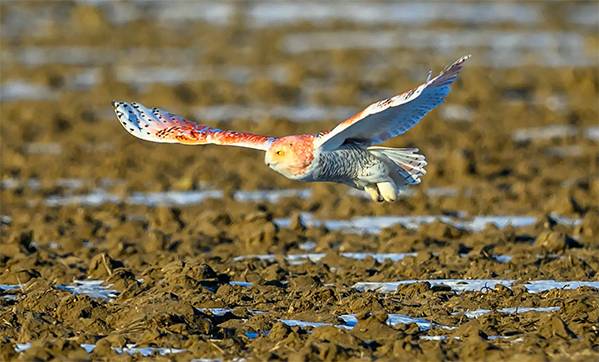
Instead of the familiar white feathers associated with its species, this visitor displays a vivid reddish-orange hue. The unusual coloration has sparked curiosity and excitement, drawing photographers and nature enthusiasts from Detroit, Port Huron, Flint, and even Grand Rapids. Social media posts featuring the bird have gone viral, with many calling it the most extraordinary wildlife sighting in Michigan this winter.
Wildlife experts have confirmed that while such pigment variations are rare, they are not entirely unheard of. What makes this snowy owl especially fascinating is that it appears healthy and active, despite its unexpected coloring.
Theories behind the owl’s mysterious coloration
The reddish-orange snowy owl has left both experts and amateur birdwatchers guessing. Normally, snowy owls have pure white plumage that helps them blend into the Arctic tundra. The sudden appearance of one with fiery feathers has prompted a range of theories about what could be causing the anomaly.
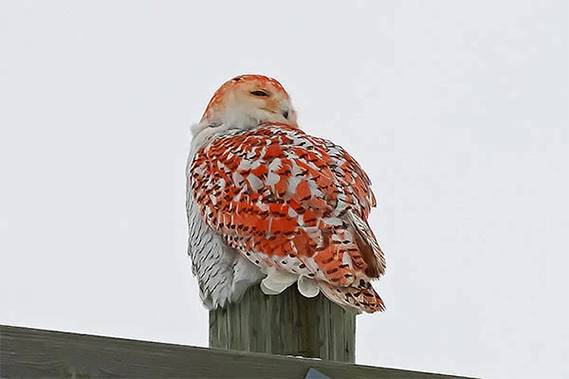
Some wildlife biologists speculate that the color could be due to a genetic mutation affecting pigment production. Mutations of this kind can occasionally alter the normal white coloration of snowy owls, though such cases are exceedingly rare. Others believe the cause might be external — a result of human contact or environmental exposure.
Among the most discussed theories is the possibility that the owl came into contact with substances such as fire retardant, deicer, or even paint. One suggestion is that the owl may have been near a wildfire area in Canada and accidentally coated with fire retardant while perched. Another theory points to airports, where deicing chemicals are frequently sprayed during winter — possibly explaining how the bird’s feathers could have taken on a rusty hue.
Still others wonder if the coloration could have been intentionally applied by researchers marking the owl for tracking purposes. However, no known scientific study has yet claimed responsibility for such tagging in Huron County.
A magnet for photographers and nature lovers
The striking bird has become a magnet for birdwatchers, wildlife photographers, and nature enthusiasts across the region. Crowds have gathered along rural roads, binoculars in hand, hoping to catch a glimpse of the colorful owl resting atop telephone poles or hunting in open fields.
Local photographers have captured stunning images, many of which have circulated widely online, fueling even greater public interest. For many, the opportunity to see such a unique variation of one of North America’s most iconic winter birds is a once-in-a-lifetime experience.
Despite the excitement, conservationists and wildlife authorities have urged the public to observe from a respectful distance. Snowy owls, though accustomed to open areas, can easily become stressed by human disturbance. Maintaining a safe distance helps ensure the bird can continue to hunt and rest without interference.
The importance of observing and protecting snowy owls
While the reddish-orange snowy owl has become the star of Huron County’s winter season, it also serves as a reminder of the importance of protecting migratory species and their habitats. Snowy owls travel thousands of miles each year between their Arctic breeding grounds and their southern wintering areas. Their survival depends on healthy ecosystems and stable food sources.
Encounters like this one offer a valuable opportunity to engage the public in wildlife conservation. By observing and reporting unusual sightings responsibly, birdwatchers contribute to a broader understanding of species health and migration patterns. Scientists may someday determine the exact cause of this owl’s coloration — whether it’s a rare genetic quirk or the result of environmental exposure.
For now, however, the mystery remains unsolved. What’s certain is that this extraordinary bird has brightened the Michigan winter, inspiring awe, curiosity, and a deeper appreciation for the wonders of nature.

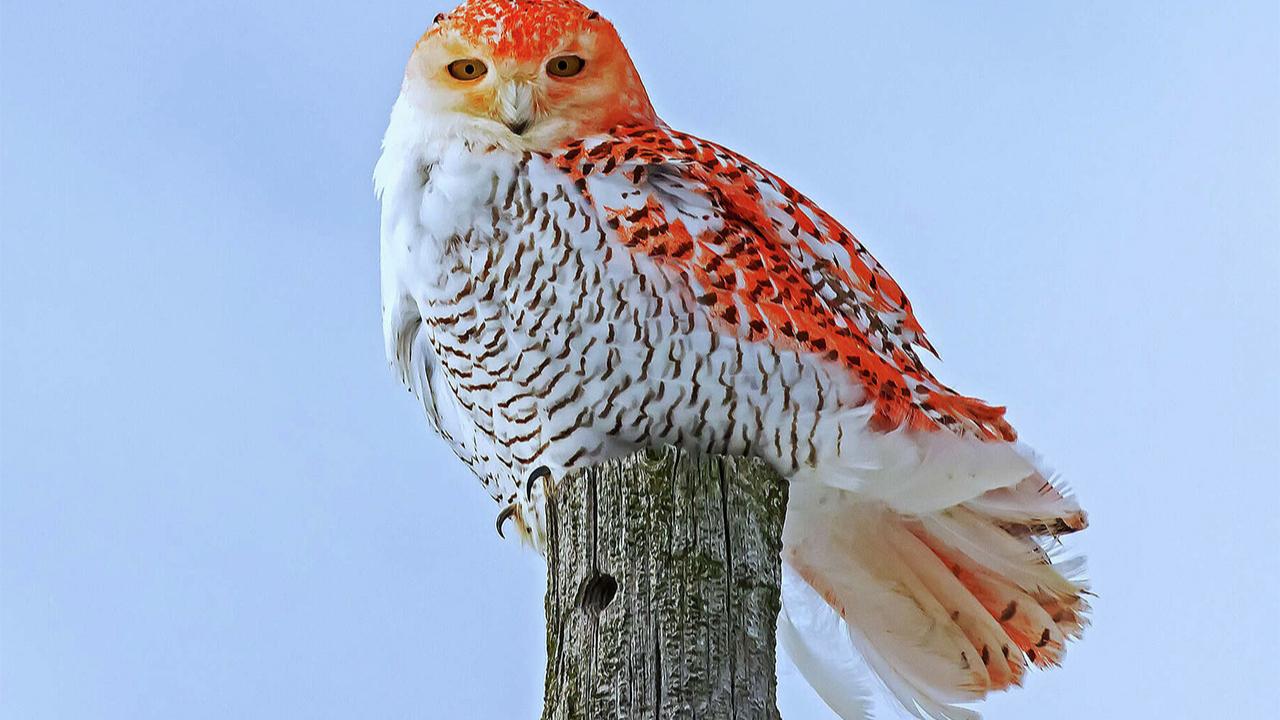
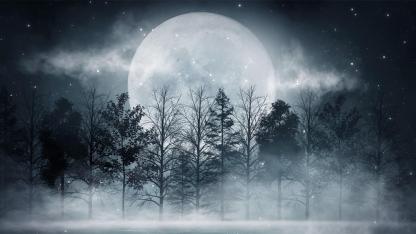
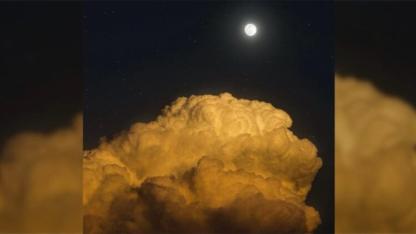
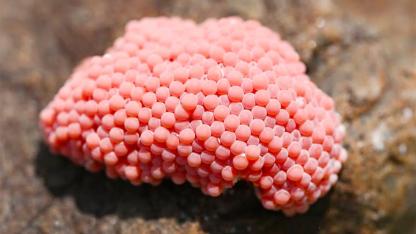

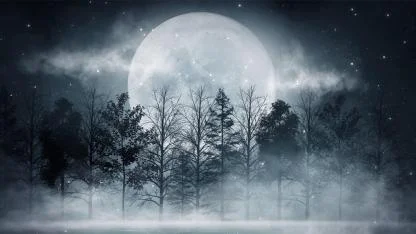
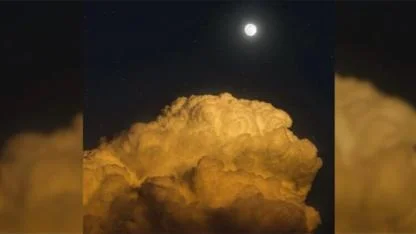
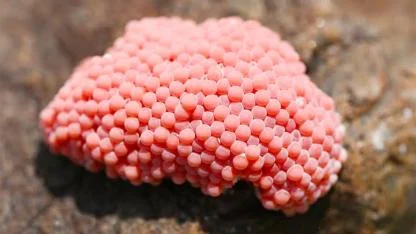


Yorumlar
Kalan Karakter: